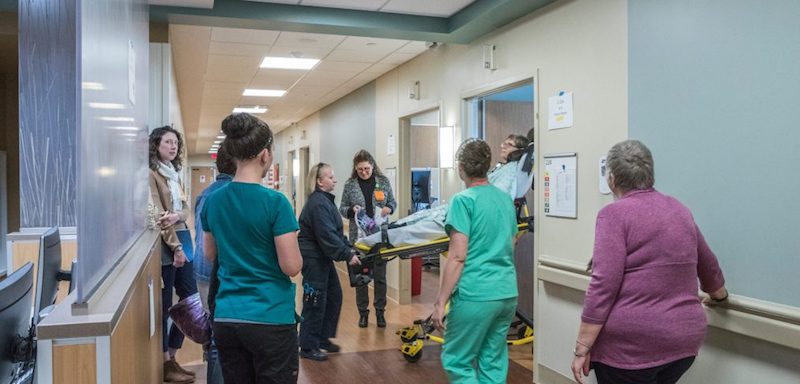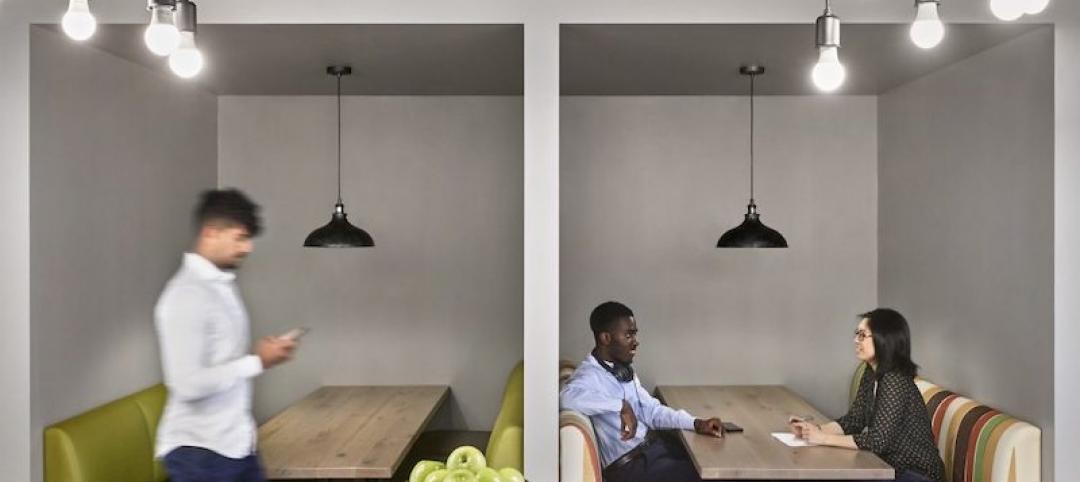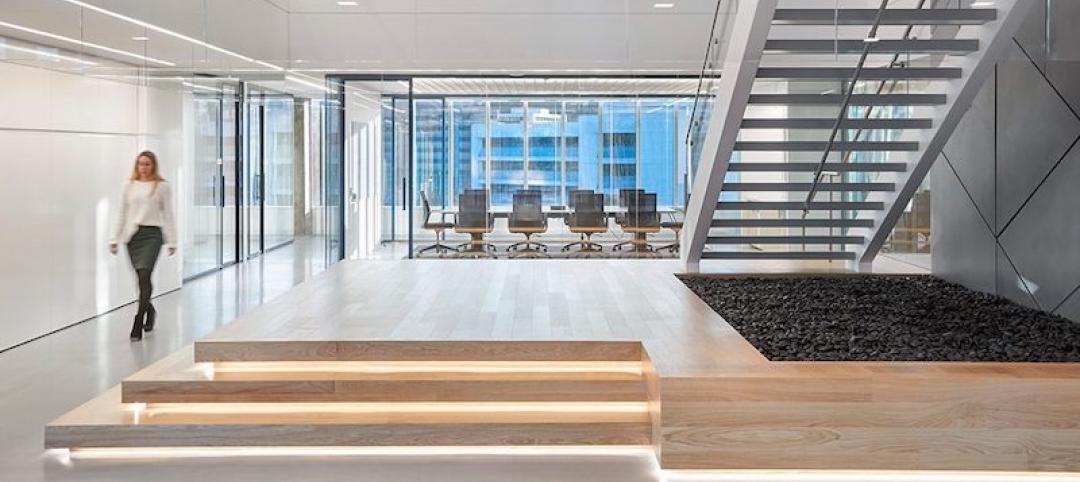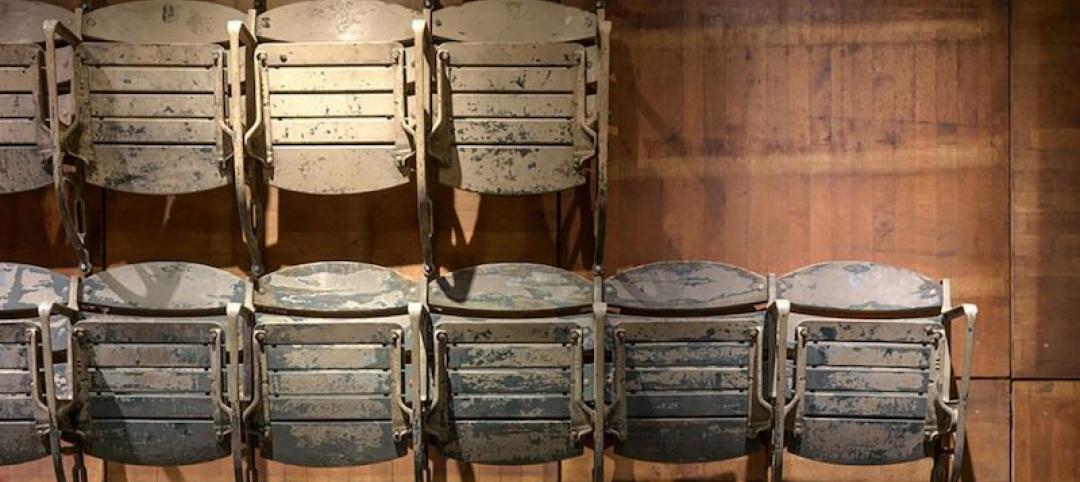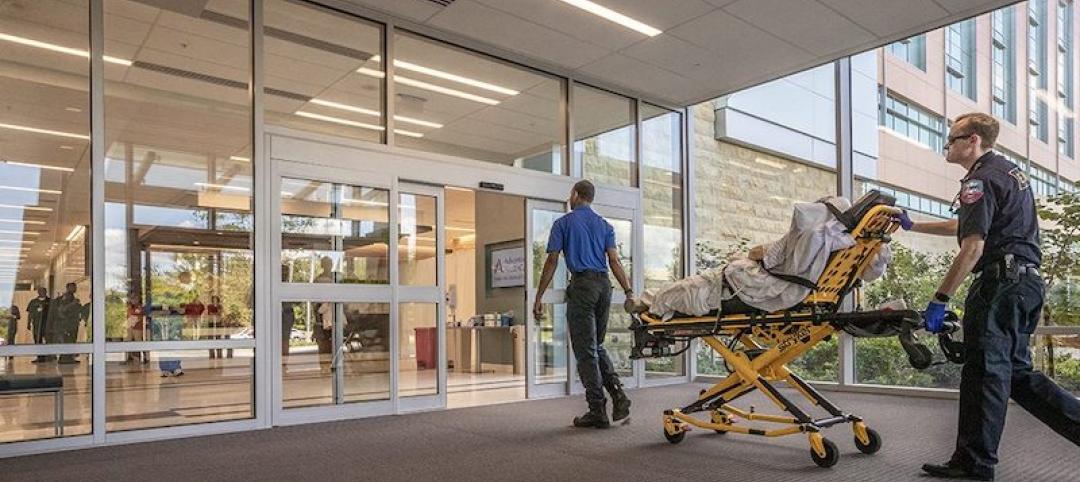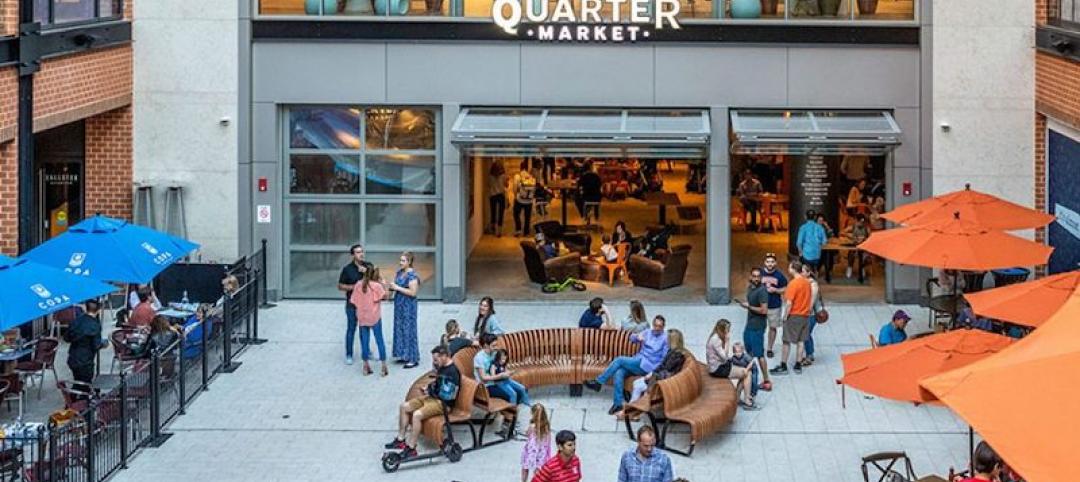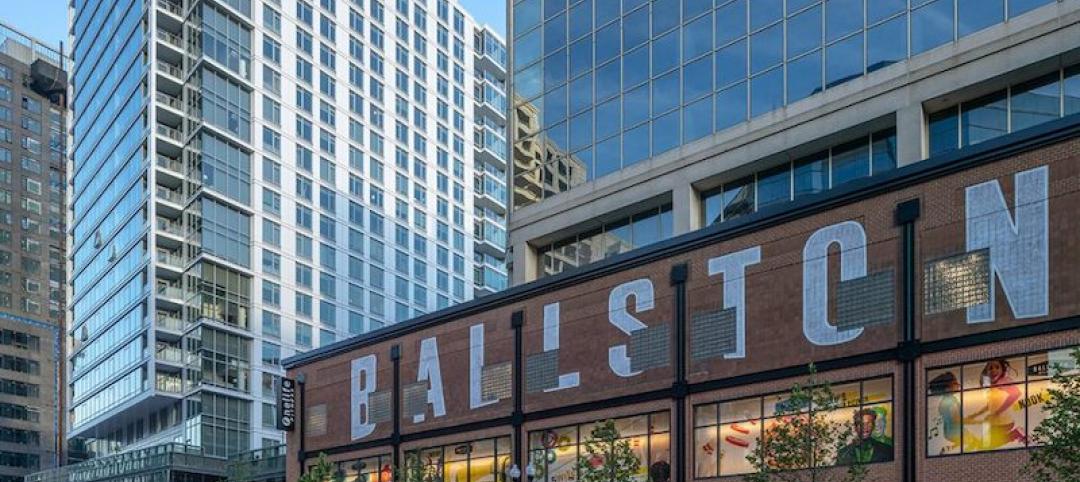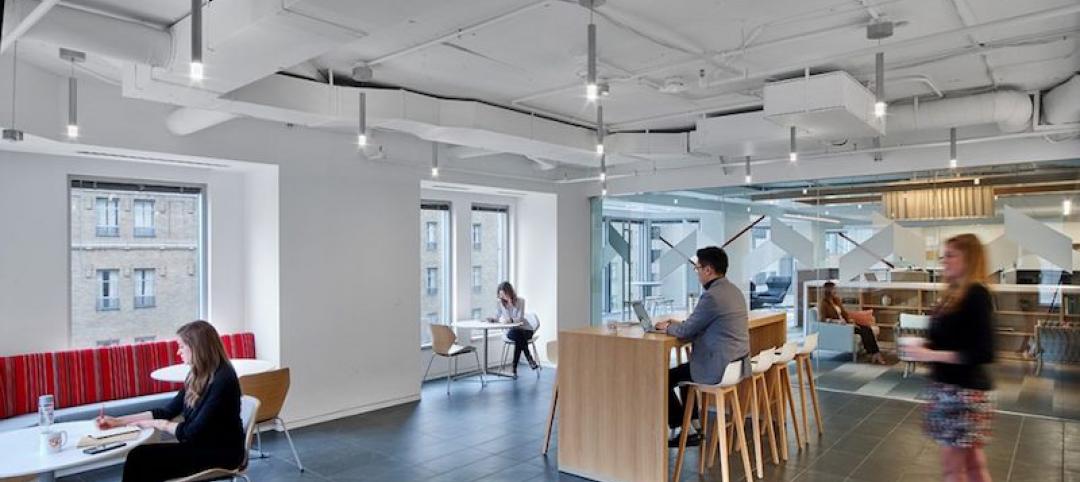It’s the little things that sometimes spark big questions. Transitioning into a new hospital is no easy feat and daily tasks can have a huge impact. One may think that a robust design process would account for everything that impacts team efficiency and satisfaction, but that’s often not the case.
There are hundreds of minute details to address: dozens of employees need to clock in and out during shift changes, the re-allocation of funds affects staffing and building design impacts the ability to transport patients in need of multiple services. The list is endless.
Back in The Day
My first relocation experience was in nursing school. I was working as a patient care technician at a large pediatric academic medical center. Every unit was impacted by the relocation into the new patient care tower as new cohorts of patient populations based on clinical issues as opposed to age were created. For example, the unit that exclusively cared for infants no longer existed, so all units were expected to meet their needs. Entire clinical teams were disrupted as team members dispersed into new units; I still remember the disorientation and stress that ensued.
At one point, the hospital purchased state-of-the-art boom technology designed to replace free-standing devices at the bedside, such as ventilators. The intent was to eliminate traditional headwalls, consolidate medical equipment and free up space for visitors and families. A large portion of our intensive care patients required diagnostic procedures outside of their rooms for extended periods of time, and their ventilators were expected to accompany them. Imagine the frustration of a patient who needed to go in for a procedure, but the ventilators were no longer mobile. Staff had to quickly decide next steps to ensure the patient received appropriate care.
I later assumed a broader leadership role as the organization grew. I became responsible for both the design and transition into several new clinical spaces. Over a period of five years, the intensive care units alone transitioned three times. Each time, we learned something new and were able to improve. A key lesson: invest more time engaging staff about their life in the new space to help alleviate unanticipated stress.

Fast Forward
Over the last 12 years, the Transition Planning team at CallisonRTKL has helped more than 25 healthcare organizations from more than 10 different states. From projects with as few as one clinical department with 18 beds to whole replacement hospital projects with more than 70 departments and close to 400 beds, they all share common prerequisites for success. Among these, management of expectations and response to change is key.
Our team of seasoned clinicians, certified project managers, and expert change management coaches support our clients through a systematic occupancy planning process. It’s designed to identify and validate how patient, visitor, and supply flow and service delivery will work in relation to the new space, including the determination of processes that need to change to align with the building design. Our coaching model is founded on change management research and operational experience, which allows us to equip staff and patients with the necessary tools for a transition. Our goal is to aid teams in proactive planning, as opposed to retrospective design change. “The walls are the walls, learn to love,” this is the basic mantra of occupancy planning.
Daily Routine
It’s always best to begin with an employee’s first moments at work: where they park, enter the building, store their things and all other daily details. Once we smooth out the bumps, we move to patient flow in the new space. Is the organization embracing a “back of the house, front of the house” philosophy in the new design, and how will that impact movement of patients and services on and off the unit? The list of questions we go through during occupancy planning allows for design flaws to be addressed ahead of time. Also, anytime new processes can be implemented in a current space, the “new normal” is created before the actual move.
After years of planning and months of construction, ensuring things run smoothly on move-in day is key. One of our clients recently shared with us that they felt the move was the easy part; it’s surviving and thriving in the new space that’s the challenge.
In my clinical experience and now on the other side of the business, I’ve found that investing in occupancy planning ahead of time helps teams find and resolve the little details before they become big hurdles.
More from Author
CallisonRTKL | Dec 20, 2021
Digital nomads are influencing design
As our spaces continue to adapt to our future needs, we’ll likely see more collaborative, communal zones where people can relax, shop, and work.
CallisonRTKL | Jun 30, 2020
The great reset and our new work life
As many countries begin to return to the office, it’s a chance to ask ourselves: what do we truly value?
CallisonRTKL | May 4, 2020
How working from home is influencing design
The lessons learned in the next few months can help shape how we work and design in the future. For now, remote work is different – and our new normal.
CallisonRTKL | Feb 26, 2020
Sustainability in a material world
The concepts of embodied carbon, zero waste, and deconstruction and reuse often run on parallel tracks.
CallisonRTKL | Jan 30, 2020
The complex dance of healthcare transitioning
Hospital employees, though excited about technological advancements, are expected to navigate a new workplace and care for their patients at the same time, all while training on new equipment and navigating a new building.
CallisonRTKL | Jan 6, 2020
Retail re-invention: Five questions to ask
Why have some malls survived their long-predicted demise, thriving and bumping with new generations of shoppers, while others have been relegated to the ash heap of deadmalls.com?
CallisonRTKL | Aug 6, 2019
Saving the American mall in 5 steps
CallisonRTKL Vice President Marc Fairbrother explains how struggling American malls can turn it all around.
CallisonRTKL | May 29, 2019
Smart buildings can optimize wellness
Employees want wellness initiatives built into their work experience, especially when they’re in spaces that can leave them feeling stiff, stressed, and sick.
CallisonRTKL | Apr 5, 2019
2019 trends in the workplace
From retention and career advancement to the ethics of inclusion and diversity, these five trends will play a major role this year in design, strategic planning and workplace development.
CallisonRTKL | Jan 28, 2019
9 tech trends to track in 2019
Innovations in voice recognition, cognitive neuroscience, and biometrics are among the trending tech topics for 2019, according to CallisonRTKL's Kristin Tilley.

